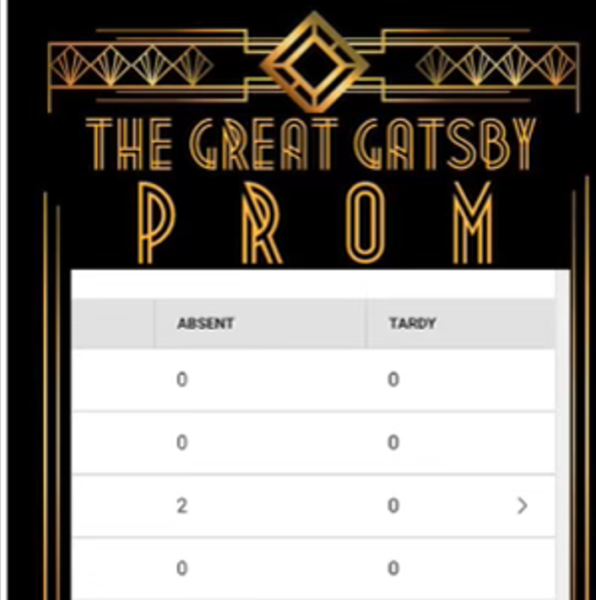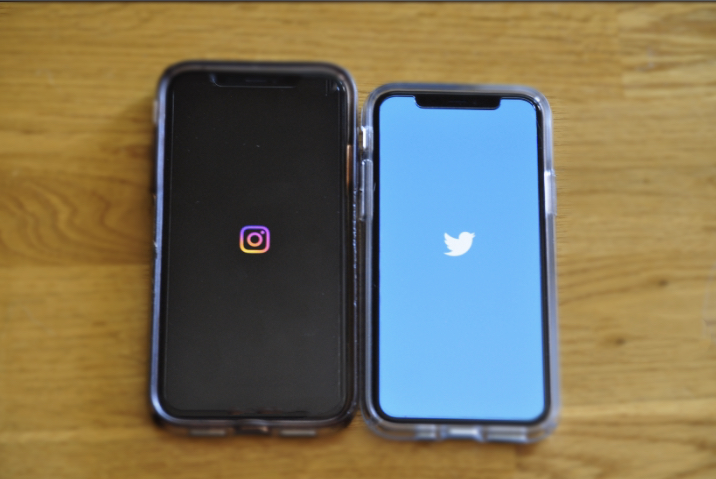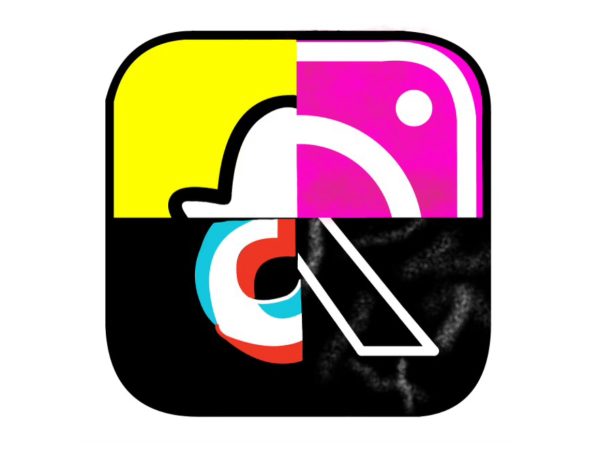Cancel culture has made social media a dangerous place to be
With the intention of being activists, canceling has gotten out of hand, and it only appears to be getting worse
The cancel culture we know today occurs through social media, but similar social tactics that include intense public shaming without technology were labeled in Chinese slang in the early 2000s.
Our society has used social media as a news platform more recently, getting their main information from sites and apps like Twitter, Facebook, Instagram, and others. But this is not always as positive as it initially appears to be.
In fact, users on these apps and sites seem to be using the app’s features to target certain groups of people in an attempt to make people publicly choose to endorse or be against a specific cause. They call people out for accountability or censorship with the intention to punish them.
It’s come to a point where anybody can be negatively called out for having their own opinions and get threatened to have their reputation ruined. This new term, “canceling”, is very much a double bind. Those who speak out against cancel culture get canceled themselves, and those who are quiet are taken as supporters of cancel culture.
You can’t win, and cancel culture only gets stronger and stronger. There’s a line between an opinion, freedom of speech, and a cultural boycott, but recently, it’s getting harder and harder to know where the line is or when it’s been crossed.
Not long ago Instagram added a new feature to it’s app: the Add Yours option. This allows one user to slap a sticker on their story (demonstrated below), and any user who views their story can add their own personal photo to it.

The original Add Yours picture can see exactly who and how many people respond or just view their story. Seems simple enough, right? Well, thanks to rising societal expectations in activism-related fields, Instagram users are using an odd mixture of peer pressure, cancel culture, and hate-targeting to add users to their surface-level benign activism posts.
It boils down to, “You stand with us (the all tolerant, ever accepting, friendly crowd), or you stand with them (the bigots, sexists, racists, ableists, etc).”
It should be okay to support something without having to always share or publicly get involved with a certain group. Everyone has their own opinions and beliefs, but lately it’s like walking on eggshells when talking about something that might be a bit more sensitive. In reality it shouldn’t be, as long as you’re not using misinformation or being slanderous towards other people.
People need to focus on working to inform others about certain subjects that they may be ignorant about. It’s also always helpful to listen and have an open mind when it comes to touchy subjects.
In most cases, it’s not acceptable to attack a certain group of people, as this has devolved into emotional accusations with very little actual evidence and using trashing the reputation of others as public entertainment.
Your donation will support the student journalists of Mead High School. Your contribution will allow us to purchase equipment and cover our annual website hosting costs.

Stacy Avitia is a senior. This is her second year writing for The Mav, but her first as an editor. She enjoys reading, hiking, shopping, and playing tennis. Stacy is excited to keep extending her knowledge in journalism and help others accomplish more than they think they can.

Alejandro Aguilar enjoys reading, talking, and improved comedy. He isn’t fond of goat cheese, penguins, and people who tell him to stop running. He dreams of the day he graduates and is angling for a degree in engineering or journalism.
You can contact him at [email protected]












Haley • Dec 16, 2021 at 9:40 am
I agree, people will always make you take a side on everything, and this article has really good evidence of that.
Mason • Dec 16, 2021 at 9:33 am
This has good evidence to back up what your saying